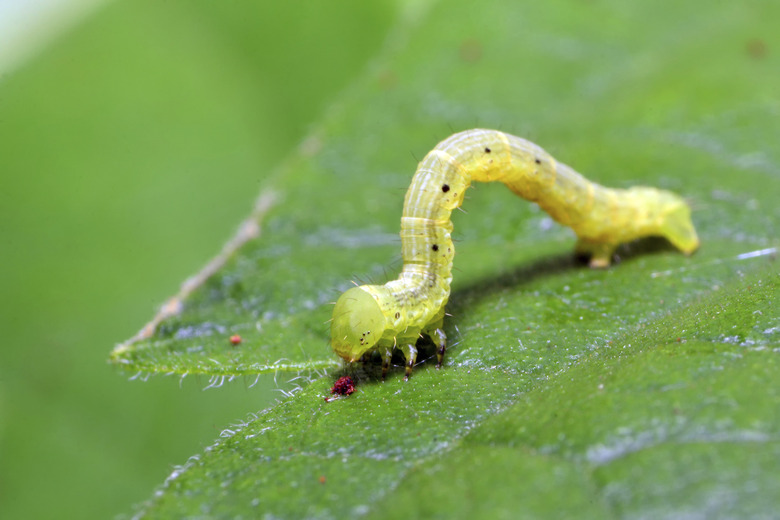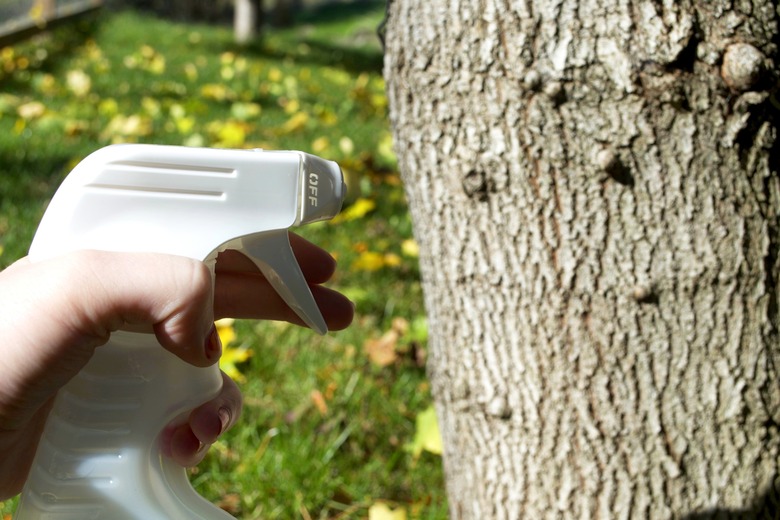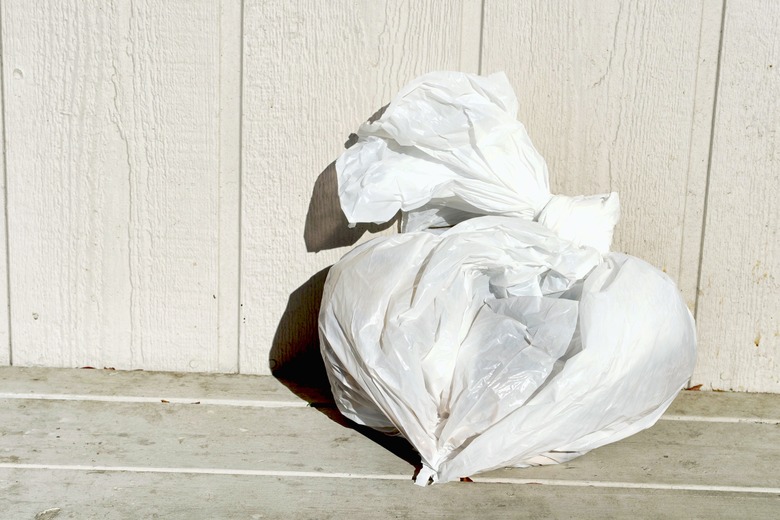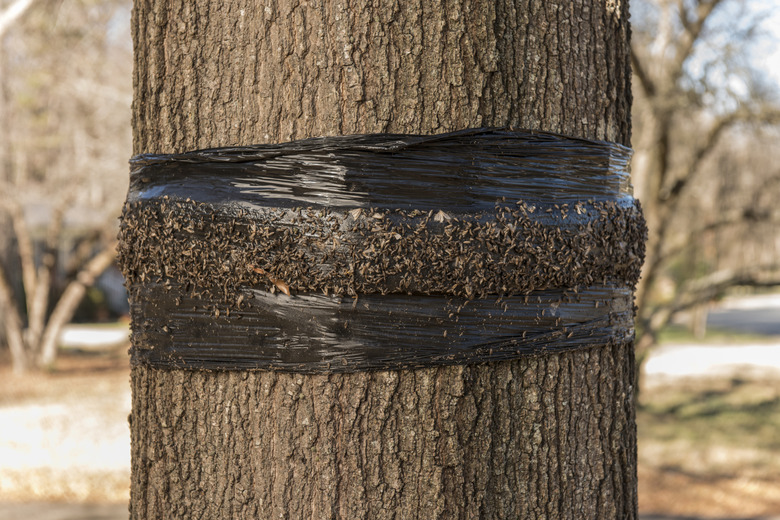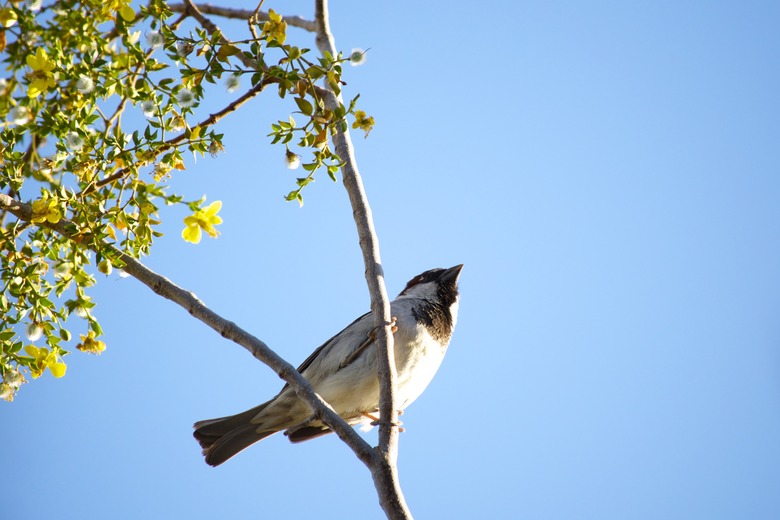How To Get Rid Of An Inchworm Infestation
Inchworms, also commonly referred to as cankerworms or loopers, are the larvae of geometrid moths. They get their common inchworm name because the tiny caterpillars are about an inch long. A common pest throughout gardens in the U.S., these insects will eat the leaves of a range of trees, including beech, oaks, maples, and fruit trees such as apricot and apple. You can get rid of an inchworm infestation by targeting all the life stages of this pest.
Controlling Inchworm Eggs
Horticultural oils sprayed on the trunk will kill the eggs of geometrid moths. For inchworm eggs, use a 2 to 3 percent dormant horticultural oil spray formula. Choose a horticultural spray and application that best suit the species of tree needing treatment. Horticulture oils can damage some trees, such as maple and walnut trees. Read the product label to determine how best to use and if it is an appropriate product for your tree.
Controlling Inchworm Caterpillars
If the infestation is not yet out of control, trim off any small branches and twigs on which you find caterpillars. Destroy the branches by burning if you can legally do so in your area. In urban areas, place the infested branches into garbage bags and tightly seal the bags so the inchworms do not climb out and back into your yard. For larger infestations, spray the newly hatched inchworms with Bacillus thuringiensis. Also referred to as "Bt," this natural biological control is a bacterium that targets many insects, including inchworms. When sprayed on the leaves the inchworms eat, the caterpillars will also ingest the bacteria. Within hours, the Bt disrupts the digestive system of the insect. They stop eating very quickly, but may take a few days to die. Bt is considered nontoxic to people and pets and does not generally target beneficial insects.
Controlling the Adult Moths
You can trap the adult moths by wrapping or applying a sticky barrier around the tree trunk. The females climb up the tree to lay their eggs. As they move up the trunk, they will become trapped. Ohio State University reports that this method will also trap male geometrid moths attracted to the trapped females.
Preventing an Inchworm Infestation
Using natural predators will help prevent future inchworm infestations. According to the Utah State University Plant Pest Diagnostic Laboratory, predators that eat or parasitize the egg will best reduce future inchworm populations. Telenomus alsophilae, Euplectrus mellipes and Trichogramma minutum are three wasp species that will target inchworm eggs. Online biological control companies and some nurseries will sell these parasitic moths for home gardeners. Birds and ground beetles also eat the inchworm caterpillars.
